The Red Bull RB17 is a dramatic track-only hypercar that can lap quicker than a Formula 1 car, according to its creator, Adrian Newey.
The 1184bhp, V10-powered RB17 is the design legend’s swansong at Red Bull ahead of his departure from the group and has been revealed at the 2024 Goodwood Festival of Speed. A limited run of 50 examples will be produced.
The two-seat RB17 has been in its concept design phase for three years. Newey kick-started the project in 2021 while developing the F1 car that took Max Verstappen to his first world title and also while researching the then-new F1 regulations that would come into effect in 2022.
Development of the RB17, which has a top speed in excess of 217mph, will now ramp up, including the first firing of the Cosworth-developed engine on the dyno later this summer. The car is expected to turn a wheel for the first time in track testing next summer.
Principal of Red Bull Racing, Chrstian Horner, cited the lack of regulation and F1 cost cap as a motivation to create the car, and also said “that’s why it’s f**king expensive”

The RB17 is a successor of sorts to the Aston Martin Valkyrie, the first road car Newey was heavily involved in the engineering of during a now defunct tie-up between Aston and Red Bull. But whereas the Valkyrie was designed to be road legal, the RB17 is a pure track machine created by a team of around 120 engineers at Red Bull Advanced Technologies.
The specification of the RB17 reads almost like Newey’s greatest hits and includes active aerodynamics and suspension systems that he has pioneered in F1 in hugely successful technical roles at teams such as McLaren, Williams and Red Bull that have made him widely regarded as the greatest designer in the sport’s history.
Newey told Autocar there are three fundamental goals for the project: to look great – “at this level, cars should be considered pieces of art”; to sound great; and to ensure drivers of “all levels can go out, enjoy themselves and improve themselves”, not just F1 drivers.
The sheer volume of technology on the car enables a high degree of adjustability to myriad systems. But while the performance levels are prodigious, Newey wants the carbonfibre RB17 to remain accessible and exploitable, even for less experienced drivers.

“As long as you have a reasonable amount of track experience, then this is a car you can enjoy right from the start,” said Newey. “But at its ultimate performance level, then it’s capable of Formula 1 lap times.”
The original plan was to make the car four-wheel drive with a twin-turbocharged V8 engine driving the rear wheels and an electric motor driving the front wheels. However, the final production model will use a high-revving, normally aspirated V10 developed by Cosworth and mated to a more conventional hybrid system.
The 986bhp V10 revs all the way to 15,000rpm. The engine is hooked up to a carbonfibre transmission of Red Bull’s own design related to the one used in its F1 car that integrates a 197bhp electric motor. This not only provides performance assistance but also acts as a starter motor and reverse gear and helps the car move away from a standstill.
The RB17 weighs just 805kg in its lightest form, shorn of items such as air conditioning and a glass windscreen, and it is around five metres long and two metres wide.
The model revealed at Goodwood is a design from last August. Newey said development work since then has made the car “a little bit smaller”.

Three tyre options will be offered. Each has been developed in conjunction with Michelin especially for the RB17, including a slick that unlocks the car’s full performance potential.
Although the car is not road legal, Newey suggested that people will be able to convert it for road use should they wish. Being a track-only car from the factory, it is not bound by legislation around emissions and safety although Newey said it has been designed to comply with LMH motorsport safety regulations.
The RB17 is not eligible to compete in any existing race series, so Red Bull will instead offer customers bespoke track days and experiences. While its F1 drivers, including Verstappen, will drive the car on the simulator to aid development, a much broader range of drivers will also be invited to test it to ensure that it will be as accessible as possible.
Red Bull will manufacture the 50 cars in-house over two years. Aside from the engine, which comes from Cosworth instead of Honda, it is using the same suppliers as it does for its F1 cars.
Q&A, Adrian Newey, chief technical officer, Red Bull Technology Group
Why has Red Bull decided to make this car?
When Red Bull does something, it always wants to do it to the highest level and to create a new landmark. Maybe this sounds a little arrogant, but I think this car will go down as a landmark car. It’s a car that you can arrive at a track, put your helmet on, turn the key, drive off down the pit lane and do a Formula 1 lap time. That, I think, is a totally unique thing.
How different is it to the Valkyrie?
They are very different projects in truth. Valkyrie was the first project Red Bull Advanced Technologies undertook in 2014. It was a very young and inexperienced team that had never done a project like that before. That team has stayed together ever since, and has grown, both in experience and numbers significantly. That, combined with taking much more time in the research stage, has meant that we've done a lot more homework and we had the opportunity to do the foundry. And of course, these things move on. There are a lot of things in this car that we have added that Valkyrie doesn't have. It has interior storage space, it has luggage space for two helmets and two bags. The engine is now rubber mounted rather than solid mounted to reduce cabin noise levels. It has cost us 10kg in weight but again it’s a solution to come up with a very rounded product. When you're in the cabin, you hear the combustion noise: good noise.
Why the switch from a V8 to a V10?
We started out with the twin-turbo V8 twin because we needed around 1000 horsepower from the combustion engine, and the only way to get that with our target engine weight [of 150kg] was with a turbo. Then we started working with our own powertrain division to look at how we can get the power out of a normally aspirated engine? The answer was rpm, but how do we achieve a high rpm? That meant going to pneumatic valves instead of valve springs. We’re continuing to do durability work to get a normally aspirated V10 that weighs 150kg, revs to 15,000rpm and has 1000hp.
Have you got involved in the styling?
It’s been fun because [in F1] the stopwatch is the master, so the aerodynamic solutions have to be performance driven rather than style driven. Having said that, I do think that very often elegant solutions also have a habit of looking beautiful. Three obvious examples of that would be Spitfire, Concorde and the Bluebird record cars. When we’re drawing, we're conscious of trying to come up with elegant solutions that also look good.
What’s the driving experience like?
As a driving experience, it's more analogue, particularly for the balance through corners and with respect to speed are all by adjusting knobs and switches. I want the car to be operated in a way that means you don't need a laptop, you can just simply get in the car and tune it using knobs and switches. The reality is what then happens between the switch and the operating mechanism is going to be electronically controlled.

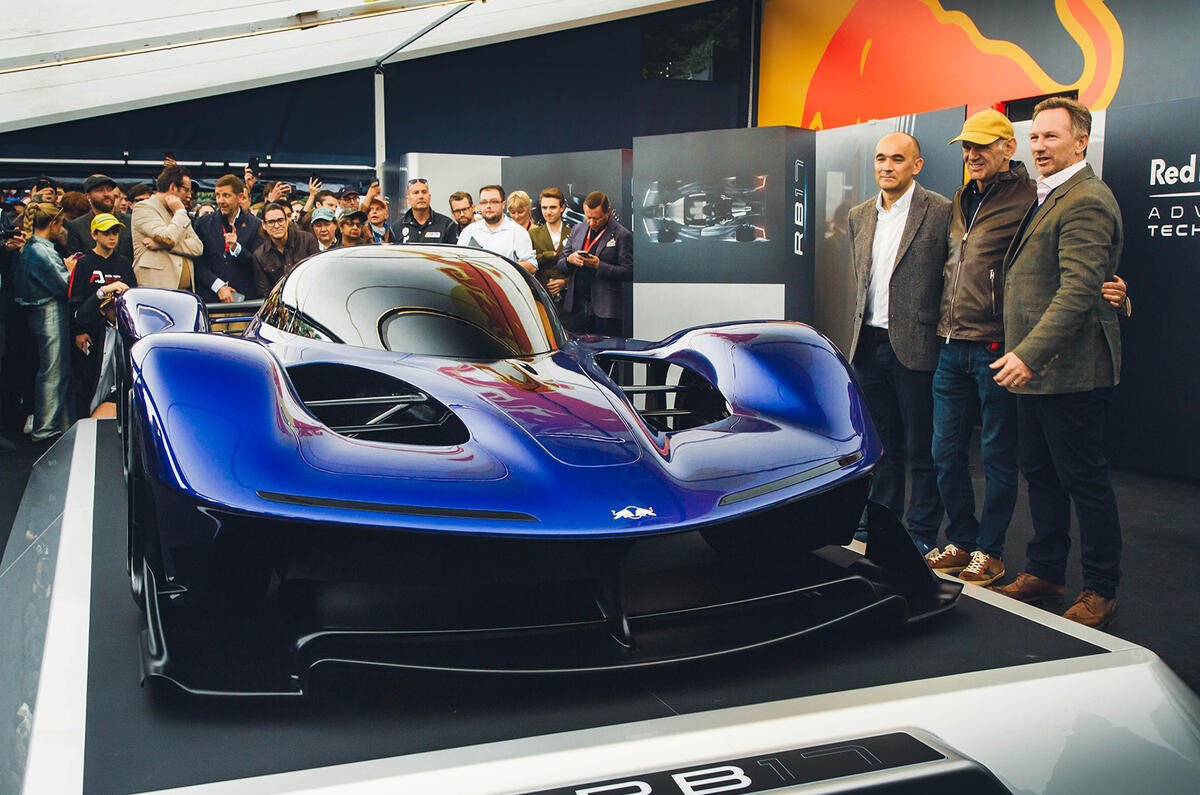

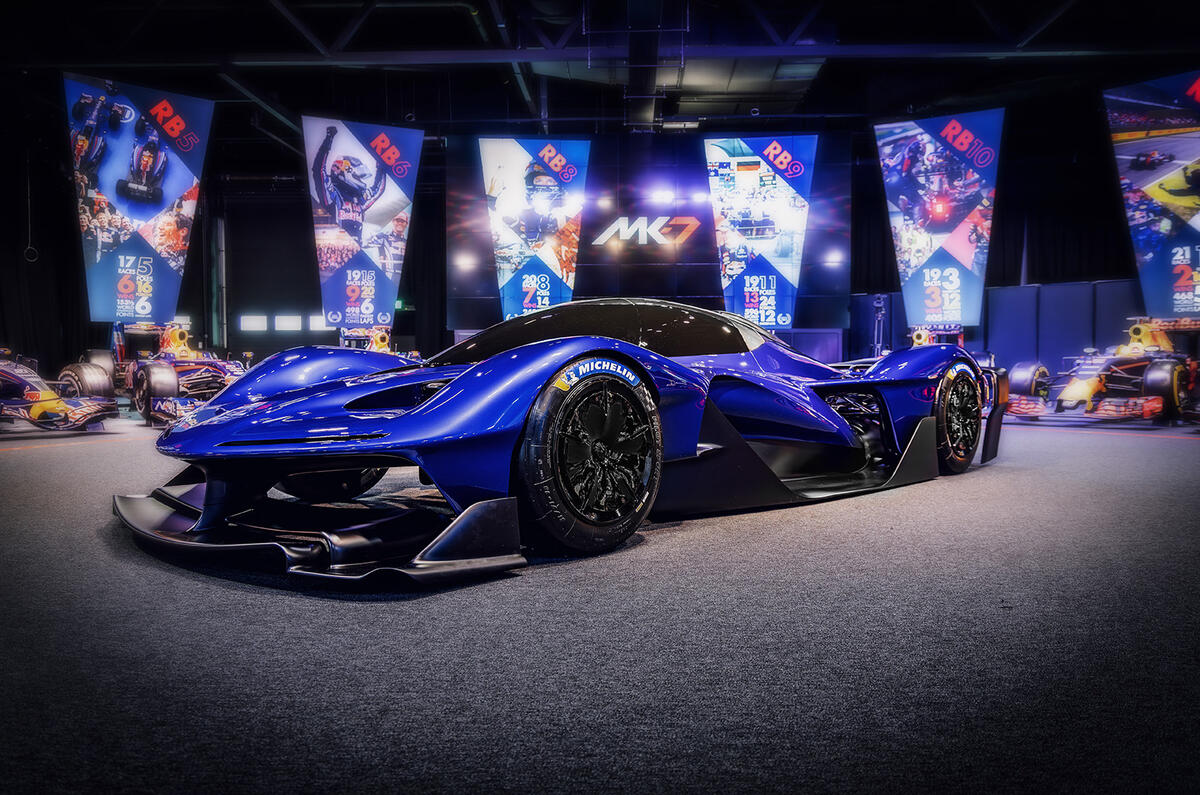
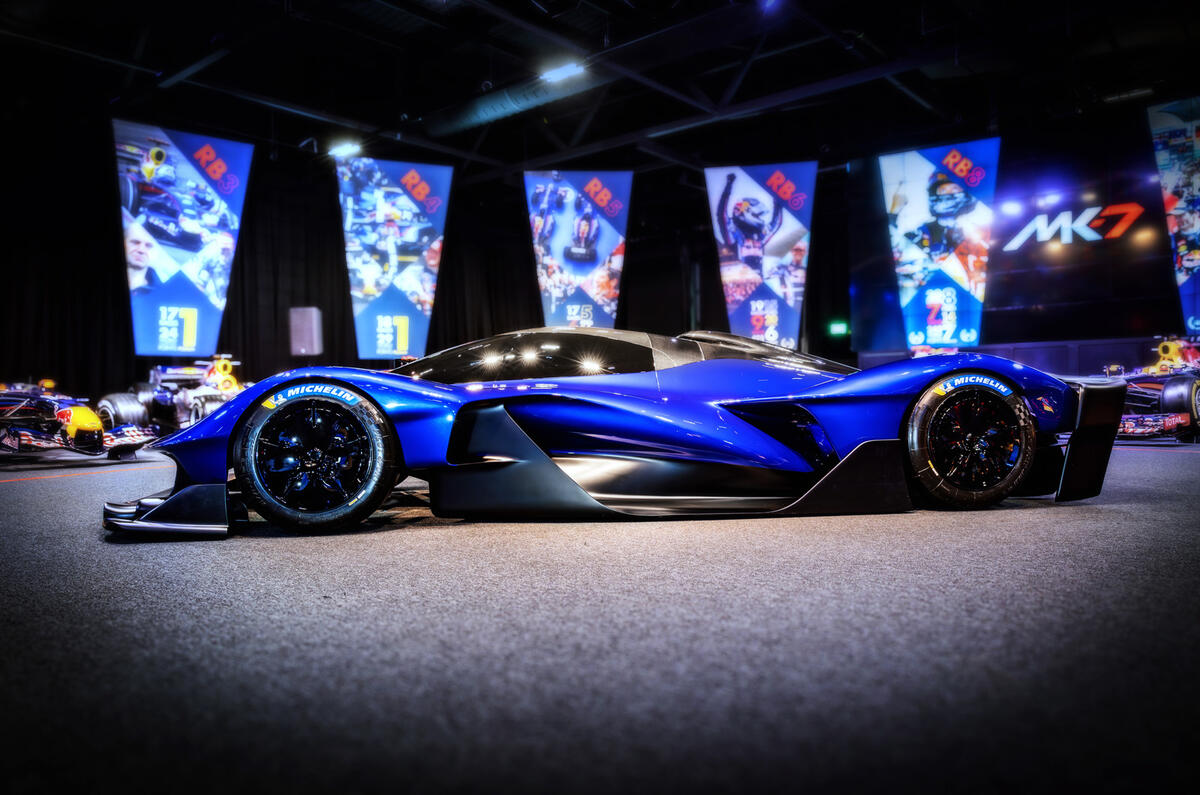
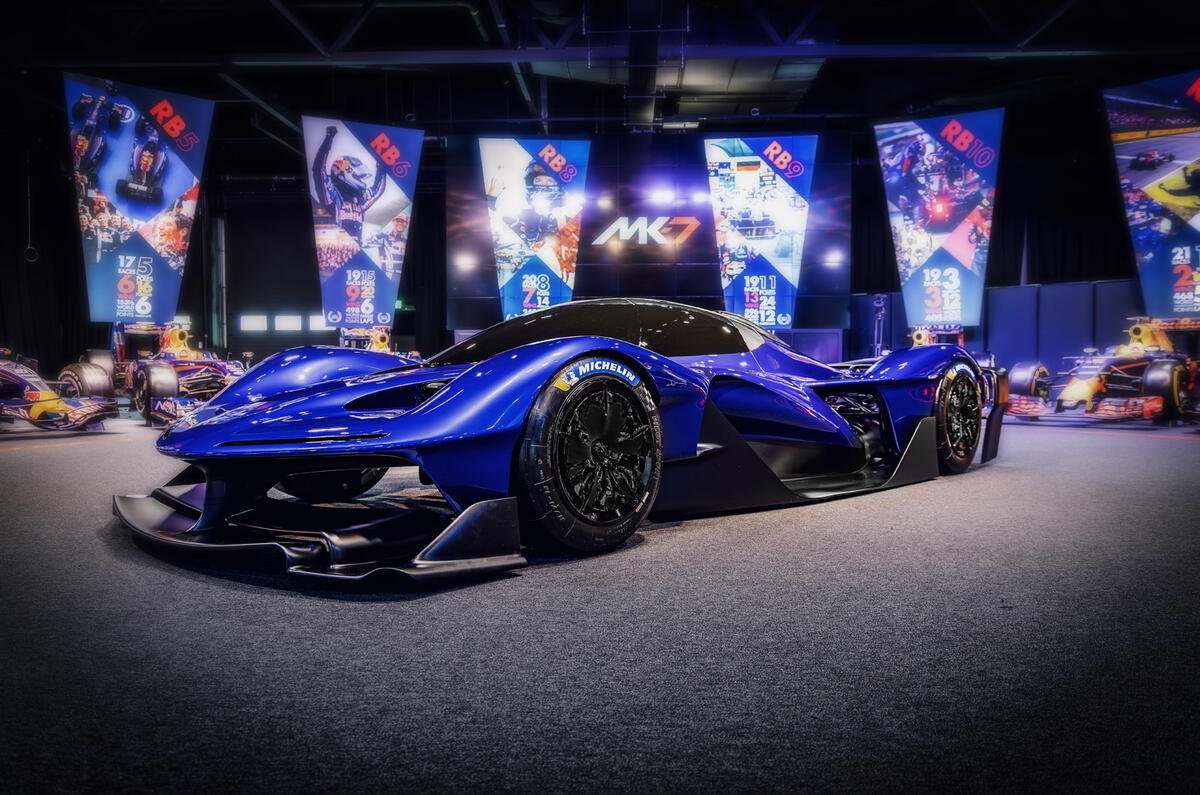
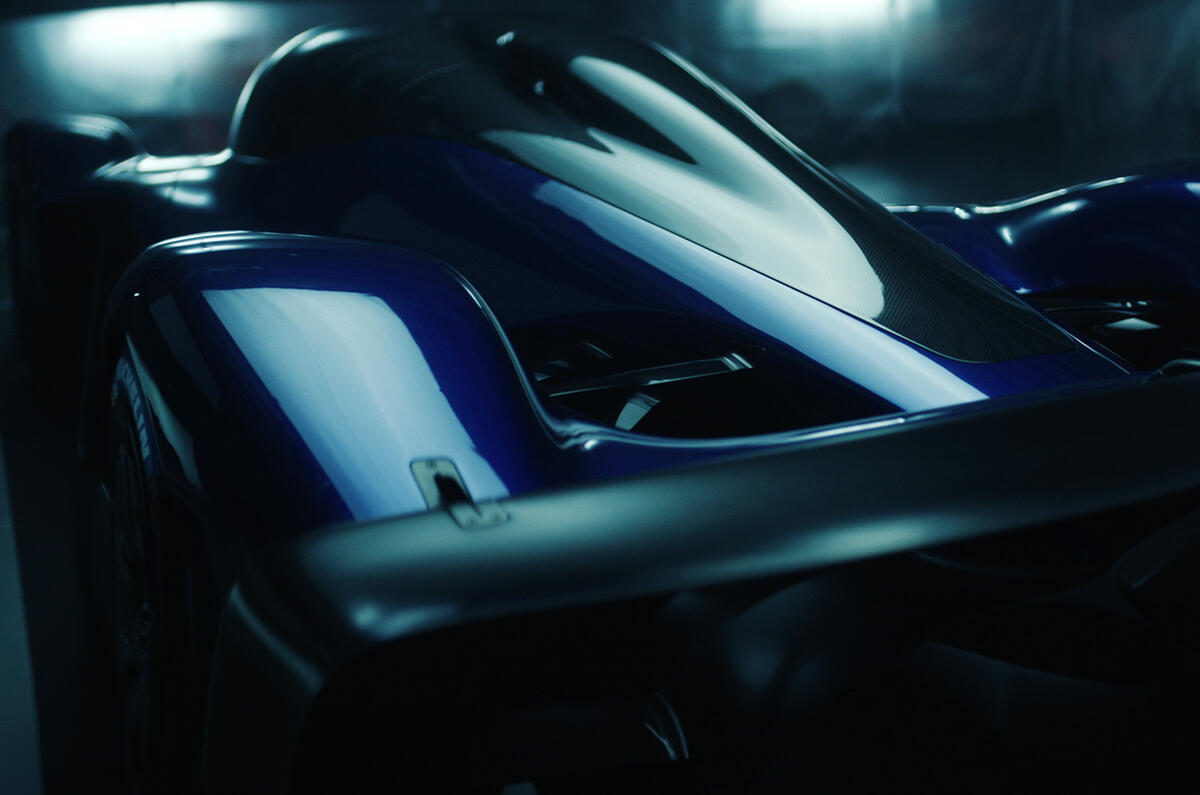
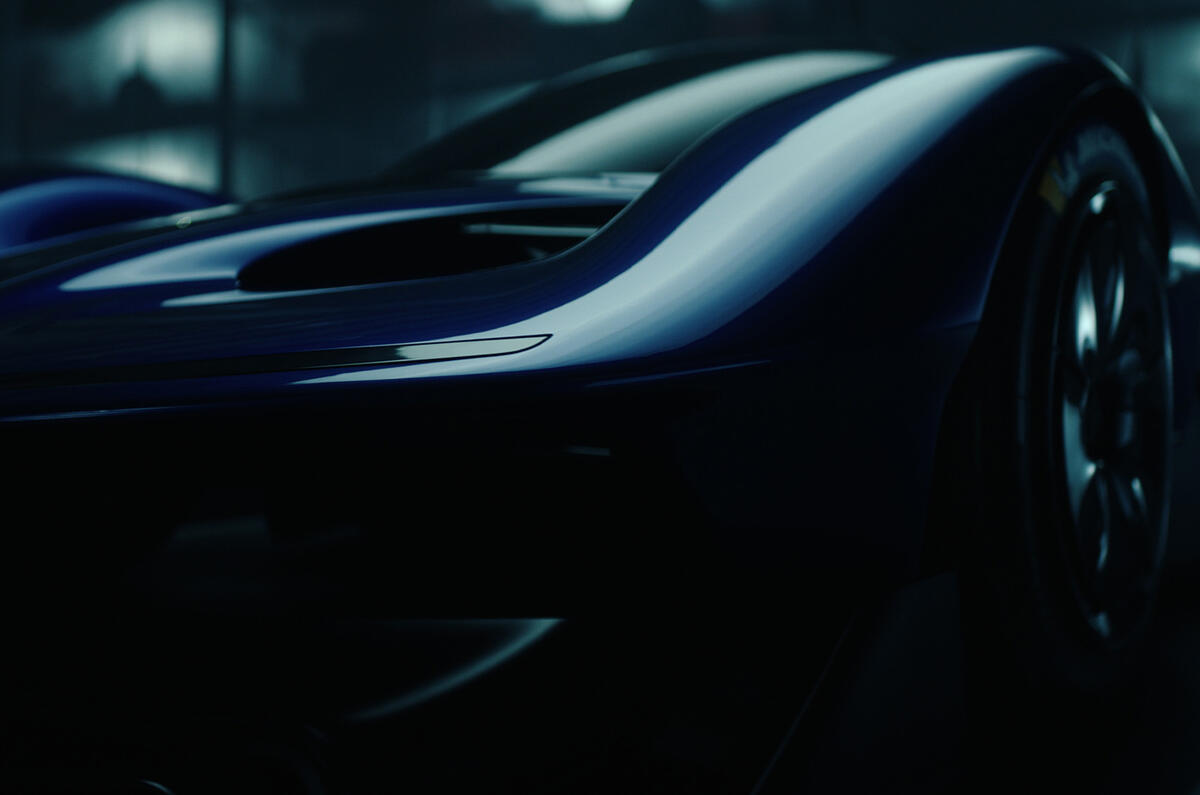
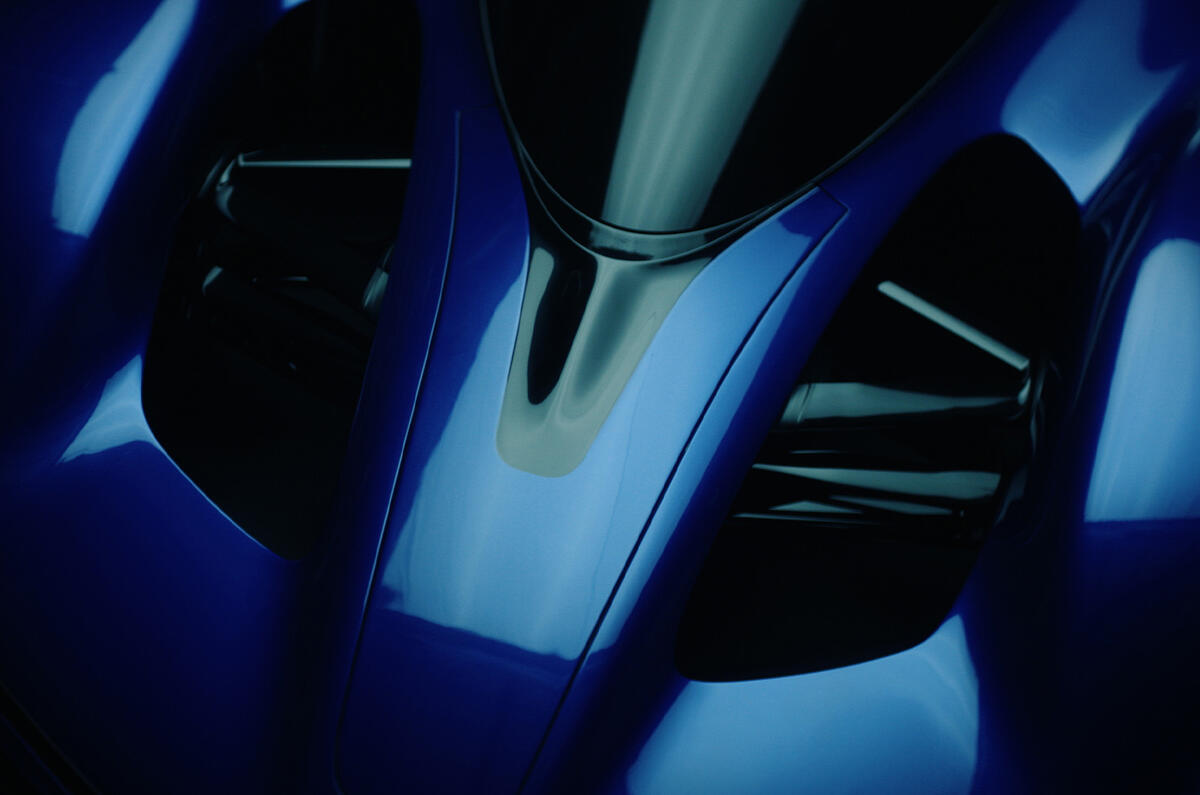
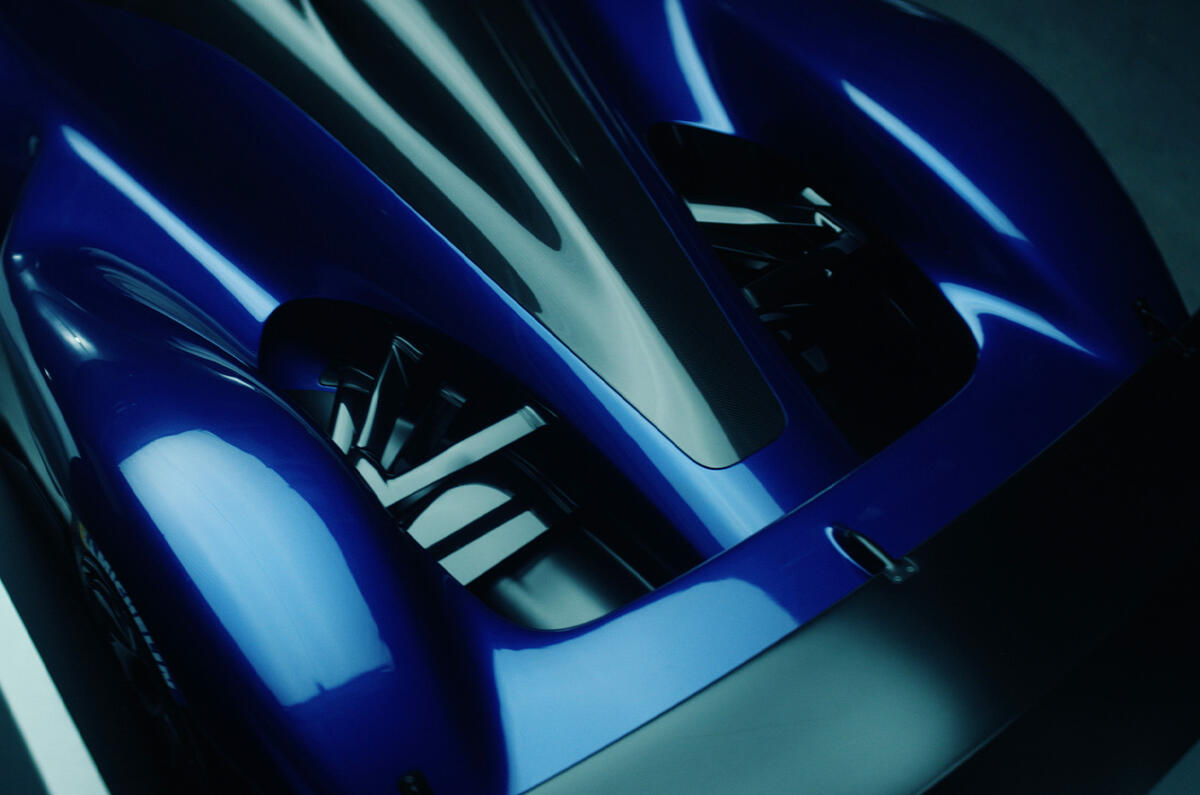
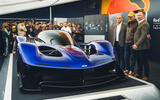
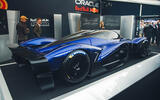

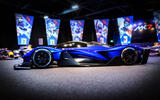











Join the debate
Add your comment
I know this is a facile comment but: why on earth would anyone buy this? I suppose you could hang it on a wall in the salon of your luxury home? But what else? Track days are horrendous - just a lot of (usually) older blokes driving around a few times off the racing line and then coming back into the pits for a gin'n'tonic and sandwiches with the crusts cut off. Total waste of time. Comment about "being able to do an F1 time" is total rowlocks as it suggests Mr (or Mrs/Ms) billionaire will have Verstappen like talents when, in reality, they will be at least 12/15 seconds a lap slower in the same car if they could even fit into it. Good luck to Mr Newey for getting his fantasy project supported financially but, again, I genuinely can't see why they would be able to sell one of them let along 50. For a fraction of the price you could buy a Zonda; something you could actually use.
Fffing expensive is £6,000,000. Ok?
Oh dear! The lengths you go to to indulge your great designer to keep him, but he leaves anyway.
Not only that but he conceives a massively complicated car that'll be a millstone round the neck of Red Bull long after Newey has sailed off into an Italian (?) sunset.
Not really sure why they're bothering tbh.